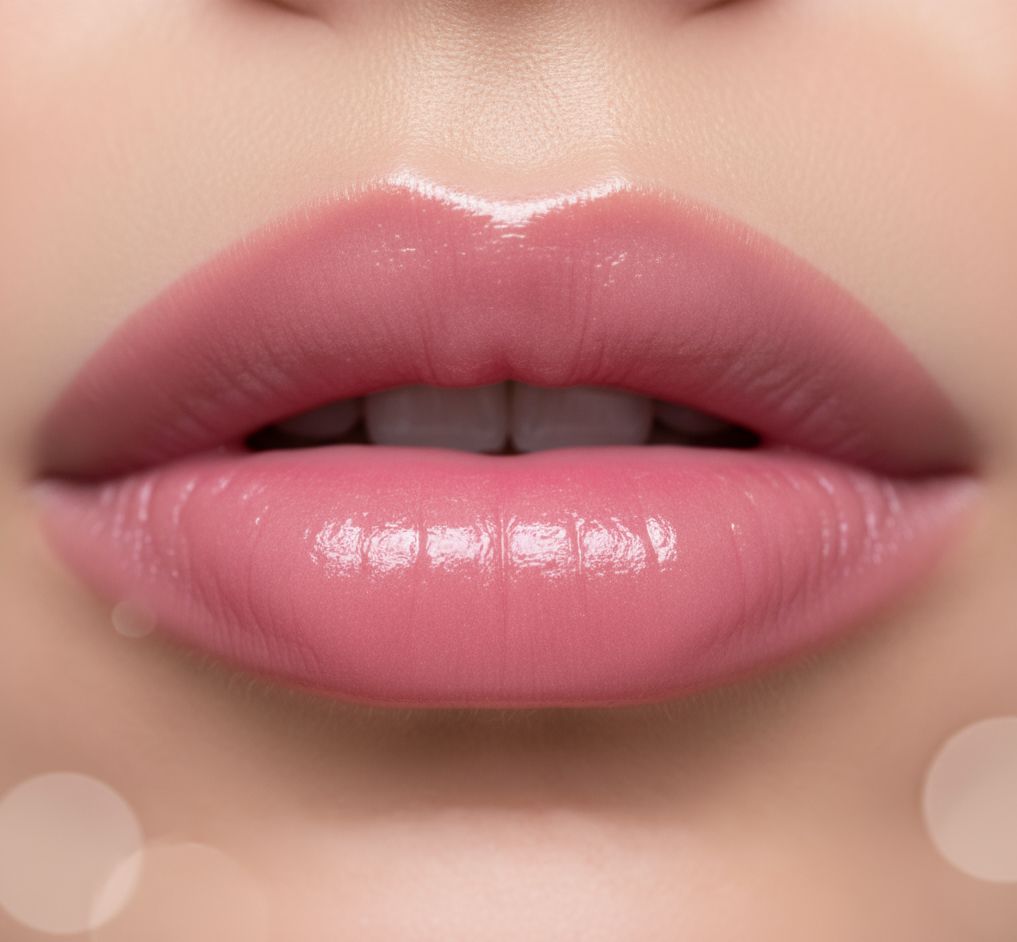
Choosing the right dermal filler sounds like a simple decision. Yet there are over two dozen different types of fillers approved for use in the US alone, each with unique benefits and risks. Most people focus only on the instant results, but the real game is in how you plan, research, and even care for your skin afterward. The steps you skip now could have a bigger impact on your look than the type of filler you pick in the chair.
Table of Contents
Quick Summary
| Key Point | Explanation |
| 1. Assess your aesthetic goals first | Reflect on your unique concerns and desired outcomes to select suitable fillers for your treatment. |
| 2. Research dermal filler options thoroughly | Understand the characteristics, longevity, and ideal applications of various filler types before making a choice. |
| 3. Consult a qualified professional | Seek guidance from experienced practitioners to ensure safety and proper technique tailored to your aesthetic goals. |
| 4. Evaluate your complete medical history | Provide detailed information about your health to help determine appropriate and safe filler options. |
| 5. Plan for aftercare and follow-up | Adhere to post-treatment care and attend follow-up appointments to maintain results and address concerns timely. |
Step 1: Assess Your Aesthetic Goals
Choosing the right dermal fillers begins with a clear understanding of your unique aesthetic goals. This critical first step involves introspection and realistic goal setting that will guide your entire treatment journey. Your personal objectives will determine not just which fillers are suitable, but how they will be strategically applied to enhance your natural features.
Start by examining your specific concerns and desired outcomes with precision. Are you seeking to restore lost volume in your cheeks? Smooth out fine lines around your mouth? Enhance lip fullness? Each goal requires a different approach and filler type. For instance, addressing deep facial wrinkles demands a different strategy compared to creating subtle lip definition.
Personal reflection is key. Consider factors like your age, skin type, and overall facial structure. Some individuals want dramatic transformation, while others prefer subtle, natural-looking enhancements. Research from the American Society of Plastic Surgeons suggests that understanding your aesthetic vision helps practitioners recommend the most appropriate treatment.
Consult with a professional who can provide expert guidance. During an initial consultation, an experienced aesthetic practitioner will help you articulate and refine your goals. They can offer professional insights into what’s achievable and recommend fillers that align perfectly with your vision. A skilled provider will assess:
-
Your skin’s elasticity
-
Areas of volume loss
-
Symmetry and facial balance
-
Long-term aesthetic objectives
Remember that successful dermal filler treatments are highly personalized. No universal solution fits everyone. By taking time to thoroughly assess your aesthetic goals, you’re laying the groundwork for a transformative and satisfying experience that highlights your unique beauty.

Step 2: Research Different Types of Fillers
Researching dermal fillers is a nuanced process that requires understanding the unique characteristics of various products. Your goal in this step is to explore the landscape of available fillers, comprehending their distinct properties, strengths, and potential applications for facial enhancement.
Hyaluronic acid (HA) fillers represent the most popular category, offering versatility and natural-looking results. Brands like Juvederm and Restylane provide different formulations designed for specific facial areas. Some HA fillers excel at smoothing fine lines, while others are engineered for deep volume restoration. Thickness and molecular structure significantly impact the filler’s performance and determine its ideal placement.
Beyond HA options, you’ll encounter alternative filler types such as calcium hydroxylapatite and poly-L-lactic acid. These fillers stimulate collagen production and offer longer-lasting results compared to traditional hyaluronic acid products. According to research from the National Center for Biotechnology Information, understanding each filler’s unique mechanism is crucial for achieving optimal aesthetic outcomes.
Your research should include comprehensive considerations like:
-
Longevity of the filler
-
Potential side effects
-
Cost per treatment
-
Recovery time
-
Specific facial area recommendations
Consult multiple sources including professional aesthetic websites, medical journals, and expert recommendations on our advanced fillers guide. Professional consultations will provide personalized insights tailored to your specific facial structure and aesthetic goals.
To help you navigate the various dermal filler options, here is a table comparing key filler types, their main uses, longevity, and notable features mentioned in the article.
| Filler Type | Main Uses | Typical Longevity | Notable Features |
| Hyaluronic Acid (HA) | Volume restoration, fine lines | 6-18 months | Versatile, natural-looking results, reversible |
| Calcium Hydroxylapatite | Volume restoration, deep folds | 12-18 months | Stimulates collagen, longer-lasting |
| Poly-L-lactic Acid | Facial volume, collagen boost | Over 24 months | Gradual results, stimulates collagen |
| Juvederm (HA brand) | Lips, cheeks, folds | 6-18 months | Various formulations for specific areas |
| Restylane (HA brand) | Lips, cheeks, under eyes | 6-18 months | Customizable, natural results |
| Remember that thorough research empowers you to make an informed decision, ensuring you select a dermal filler that aligns perfectly with your vision of enhanced beauty. |
Step 3: Consult with a Qualified Professional
Consulting with a qualified professional marks a pivotal moment in your dermal filler journey. This step transforms your aesthetic goals from conceptual ideas into a personalized treatment strategy. A skilled practitioner serves as your expert guide, translating your vision into realistic, achievable results while prioritizing your safety and satisfaction.
Credentials matter significantly when selecting an aesthetic professional. Look for board-certified dermatologists, plastic surgeons, or licensed aesthetic practitioners with extensive experience in dermal filler procedures. According to research published in medical journals, proper training and comprehensive anatomical knowledge are crucial for successful filler treatments. Your ideal professional should demonstrate not just technical skill, but also an artistic understanding of facial aesthetics.
During your consultation, prepare to have an open and honest dialogue. A comprehensive consultation involves more than just discussing potential treatments. Your practitioner will conduct a thorough facial assessment, examining your skin’s texture, volume, symmetry, and underlying structural characteristics. They will help you understand which fillers might work best for your specific concerns, explaining potential outcomes, recovery expectations, and any associated risks.
Critical discussion points during your consultation should include:
-
Your complete medical history
-
Current skincare routine
-
Specific aesthetic concerns
-
Realistic expectations for results
-
Potential side effects and recovery process
Learn more about our professional consultation process, which ensures a personalized approach tailored to your unique needs. A successful consultation leaves you feeling informed, comfortable, and confident about your upcoming treatment. Your chosen professional should provide clear answers, demonstrate genuine interest in your goals, and make you feel supported throughout your aesthetic enhancement journey.
Step 4: Evaluate Your Medical History
Evaluating your medical history is a critical step in determining your suitability for dermal filler treatments. This comprehensive review goes beyond a simple checklist, serving as a crucial safeguard to ensure your safety and optimize treatment outcomes. Your complete medical background provides essential insights that will guide your aesthetic journey and help prevent potential complications.
Begin by gathering a detailed record of your medical experiences. This includes current and past health conditions, surgeries, allergies, ongoing medications, and previous cosmetic procedures. Certain medical conditions can significantly impact your eligibility for dermal fillers. Autoimmune disorders, blood clotting issues, or skin conditions like active acne or eczema might require special consideration or potentially disqualify you from certain treatments.
According to research from the National Institutes of Health, medications play a crucial role in determining filler compatibility. Blood thinners, immunosuppressants, and some anti-inflammatory drugs can increase risks of bruising, bleeding, or adverse reactions. Your healthcare provider needs a comprehensive understanding of your pharmaceutical history to recommend the safest approach.
Prepare for your medical history evaluation by collecting the following information:
-
List of all current prescription and over-the-counter medications
-
History of allergic reactions
-
Chronic medical conditions
-
Previous surgical procedures
-
Family history of adverse reactions to cosmetic treatments
Explore our comprehensive patient screening process to understand how medical history impacts treatment planning. A thorough medical history review protects you from potential risks and ensures that your dermal filler experience is not just transformative, but also safe.
Here is a checklist table summarizing details you should prepare before your medical history evaluation for dermal filler suitability, as described in the consultation section.
| Information Needed | Purpose | Notes |
| Current medications (prescription and OTC) | Identifies drug interactions and risks | Include all supplements |
| History of allergic reactions | Prevents possible adverse outcomes | List previous filler allergies |
| Chronic medical conditions | Determines suitability and precautions | Autoimmune, clotting disorders |
| Previous surgical procedures | Reveals potential complications | Include cosmetic procedures |
| Family history of adverse reactions | Screens for hereditary risks | Focus on cosmetic treatments |
| Your openness and honesty during this evaluation are key to achieving the stunning results you desire. |
Step 5: Discuss Expectations and Potential Results
Discussing expectations and potential results is a crucial step that bridges your aesthetic vision with medical reality. This conversation transforms your personal goals into a tangible treatment plan, ensuring alignment between your desires and what dermal fillers can realistically achieve. Honest, transparent communication becomes your most valuable tool in this process.
Your consultation should involve a detailed exploration of expected outcomes, including potential variations in results. Professional practitioners understand that individual responses to dermal fillers can differ based on factors like skin type, age, and underlying facial structure. They will help you visualize potential transformations using digital imaging, before-and-after photographs, or detailed verbal descriptions that paint a clear picture of anticipated changes.
According to research in aesthetic dermatology, setting realistic expectations is fundamental to patient satisfaction. This means understanding not just the potential enhancements, but also the limitations of dermal filler treatments. Some key discussion points should include expected longevity of results, potential subtle asymmetries, and the natural aging process that continues alongside your treatment.
Prepare to discuss the following critical aspects during your consultation:
-
Specific areas of facial enhancement
-
Anticipated volume and contour changes
-
Recovery time and potential temporary side effects
-
Long-term maintenance requirements
-
Cost considerations for initial and follow-up treatments
Learn more about our comprehensive results consultation, designed to provide clarity and confidence. A successful expectations discussion leaves you feeling informed, excited, and comfortable with your upcoming procedure. Remember, the goal is not perfection, but a natural, refreshed version of yourself that boosts your confidence and aligns with your unique aesthetic vision.
Step 6: Plan for Aftercare and Follow-Up
Planning for aftercare and follow-up transforms your dermal filler experience from a single treatment into a comprehensive aesthetic journey. Proper post-procedure care is just as crucial as the treatment itself, determining the longevity and quality of your results. This step ensures you understand how to protect and maintain your investment in your appearance.
Immediate aftercare requires careful attention and specific protocols. Your practitioner will provide detailed instructions about managing potential swelling, bruising, and temporary discomfort. This typically involves recommendations for cold compresses, avoiding intense physical activity, and steering clear of extreme temperatures. Some patients might experience mild asymmetry or slight irregularities during initial healing, which are usually temporary and resolve naturally.
According to research in aesthetic medicine, standardized follow-up protocols are essential for monitoring treatment outcomes and patient satisfaction. Your follow-up appointments serve multiple purposes: assessing initial results, addressing any concerns, and planning potential touch-up treatments. These consultations allow your practitioner to evaluate how your body has responded to the dermal fillers and make any necessary adjustments.
Prepare for your aftercare by understanding these critical elements:
-
Specific post-treatment skincare recommendations
-
Duration of potential side effects
-
Signs that warrant immediate medical attention
-
Recommended timeline for follow-up appointments
-
Potential need for additional treatments
Explore our comprehensive aftercare support process, designed to ensure your comfort and satisfaction. A successful aftercare plan transforms your dermal filler experience from a simple cosmetic procedure into a carefully managed aesthetic enhancement. Your commitment to following professional guidance will significantly impact the quality and duration of your results.

Achieve Gorgeous, Personalized Results with Expert Dermal Filler Solutions
Choosing the right dermal fillers can feel overwhelming if you are concerned about natural-looking enhancements or want to avoid unwanted side effects. Many people struggle with uncertainty about which products best match their unique facial structure or how to set and meet realistic beauty goals. The need for personalized guidance, a clear explanation of results, and safe aftercare is mentioned throughout the article and highlights just how important it is to partner with trusted experts.
If you want to see real changes in your skin texture, facial symmetry, or youthful appearance, now is the perfect time to visit our Skincare Treatments page for inspiration and proven options you can trust.

Connect with a certified practitioner at The Injection Room and discover the perfect filler plan for your needs. Schedule your consultation today to experience a stress-free journey from goal-setting to visible results. Your most confident self is only a visit away.
Frequently Asked Questions
How do I assess my aesthetic goals for dermal fillers?
Begin by reflecting on your specific concerns and desired outcomes. Consider factors such as volume restoration, smoothing fine lines, or enhancing lip fullness. Individual goals will dictate which fillers are suitable for your needs.
What types of dermal fillers are available, and how do they differ?
The main types of dermal fillers include hyaluronic acid (HA) fillers, calcium hydroxylapatite, and poly-L-lactic acid. HA fillers, such as Juvederm and Restylane, are known for their versatility and natural results, while others focus on stimulating collagen and offer longer-lasting effects.
Why is it important to consult a qualified professional before choosing fillers?
A qualified professional can help you translate your aesthetic goals into a personalized treatment plan. They will assess your facial structure and provide guidance on the most suitable fillers for your specific concerns, ensuring both safety and optimal results.
What should I discuss during my consultation about expectations and results?
Discuss anticipated outcomes regarding facial enhancements, potential side effects, recovery time, and maintenance requirements. Honest communication helps align your desires with realistic outcomes, ultimately contributing to patient satisfaction.



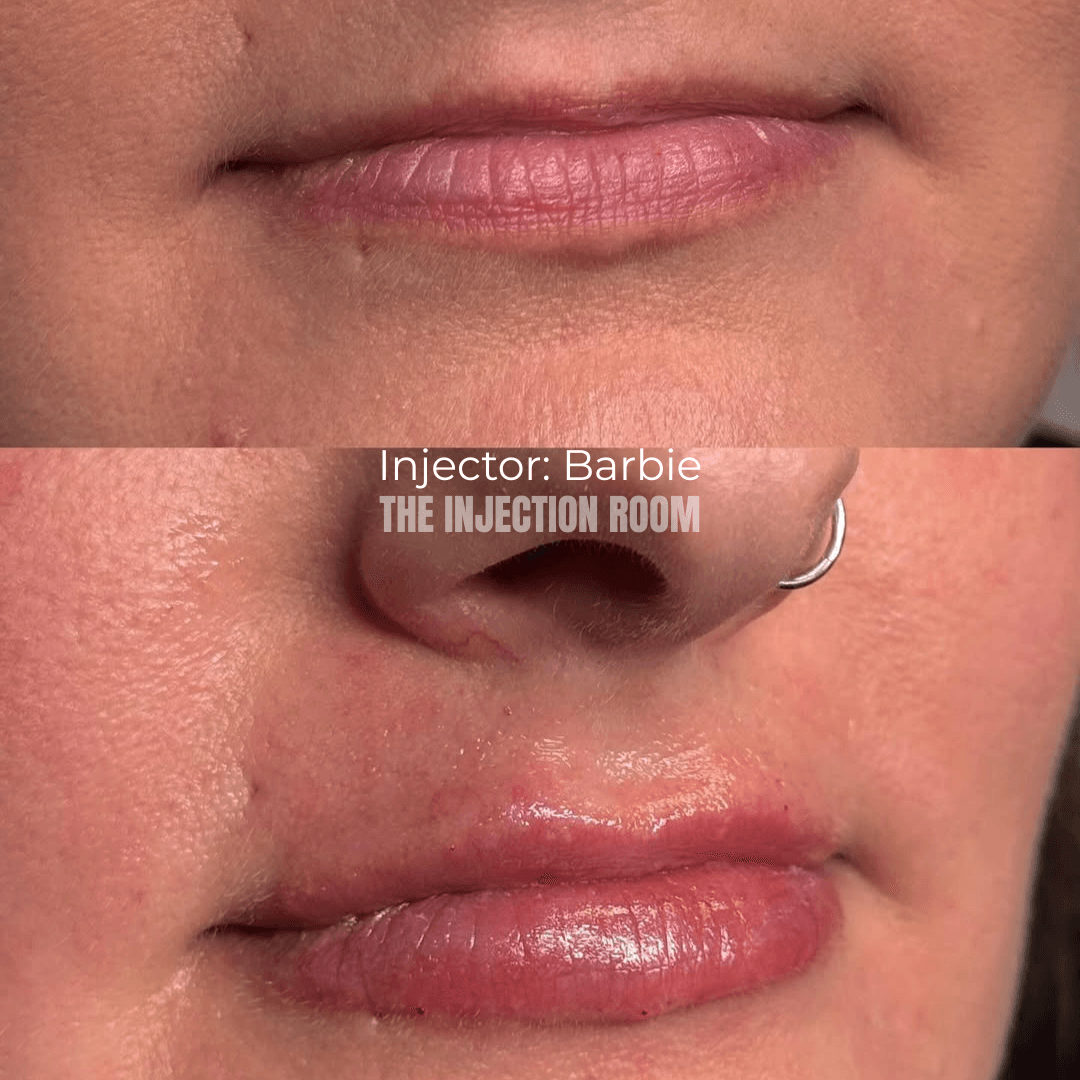

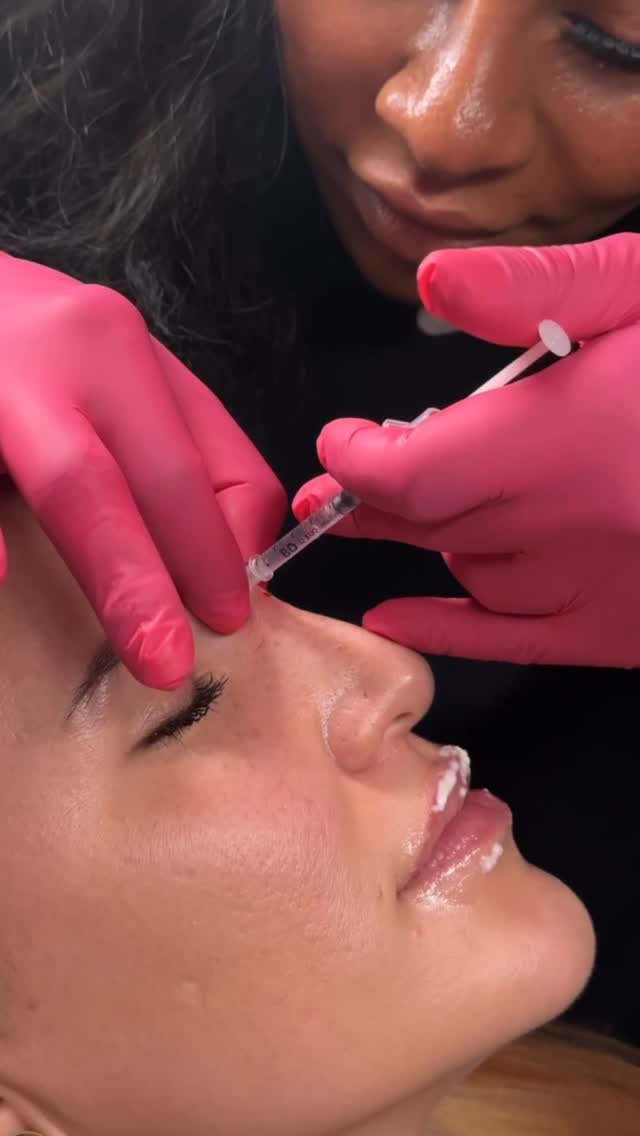







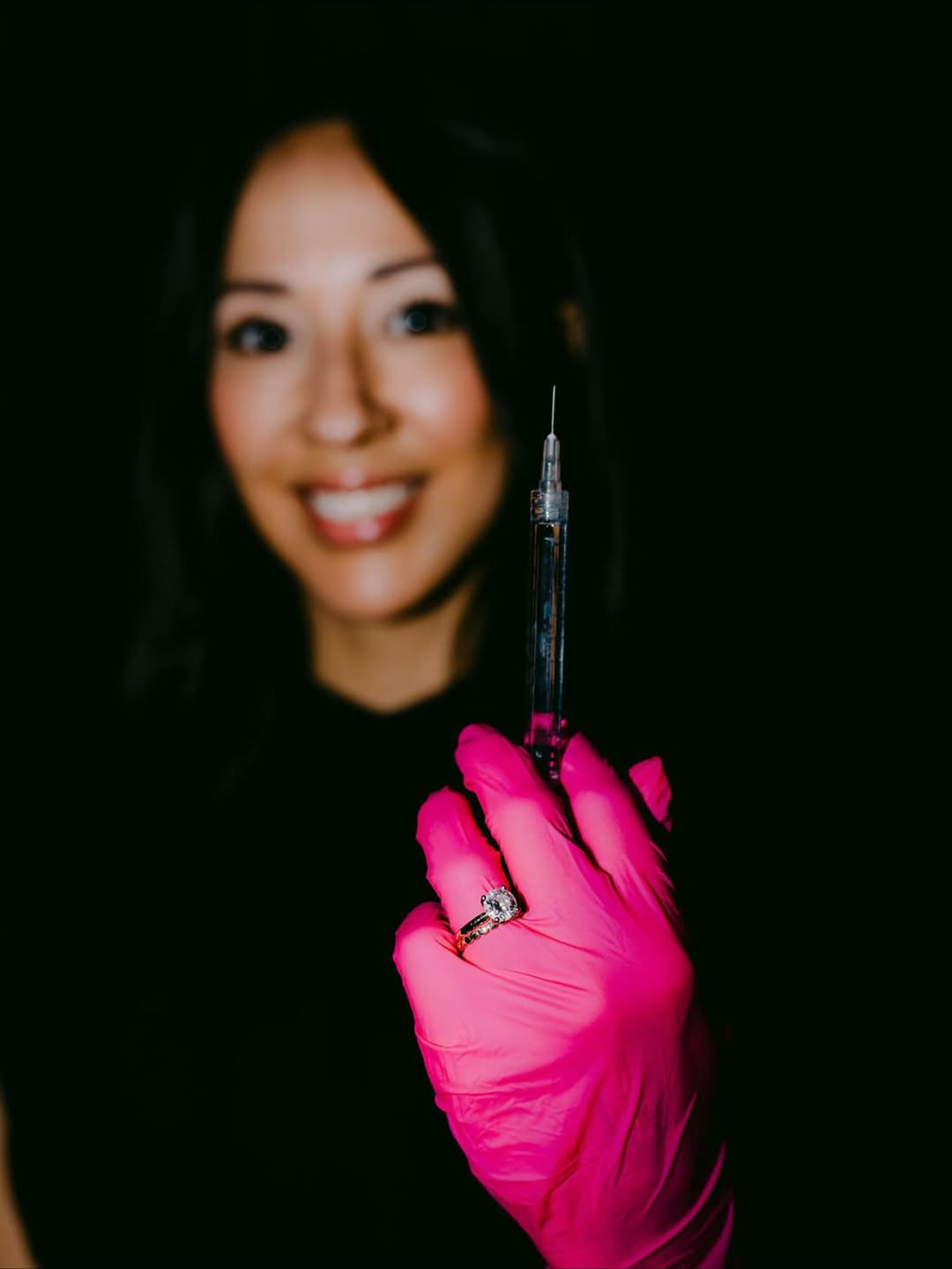

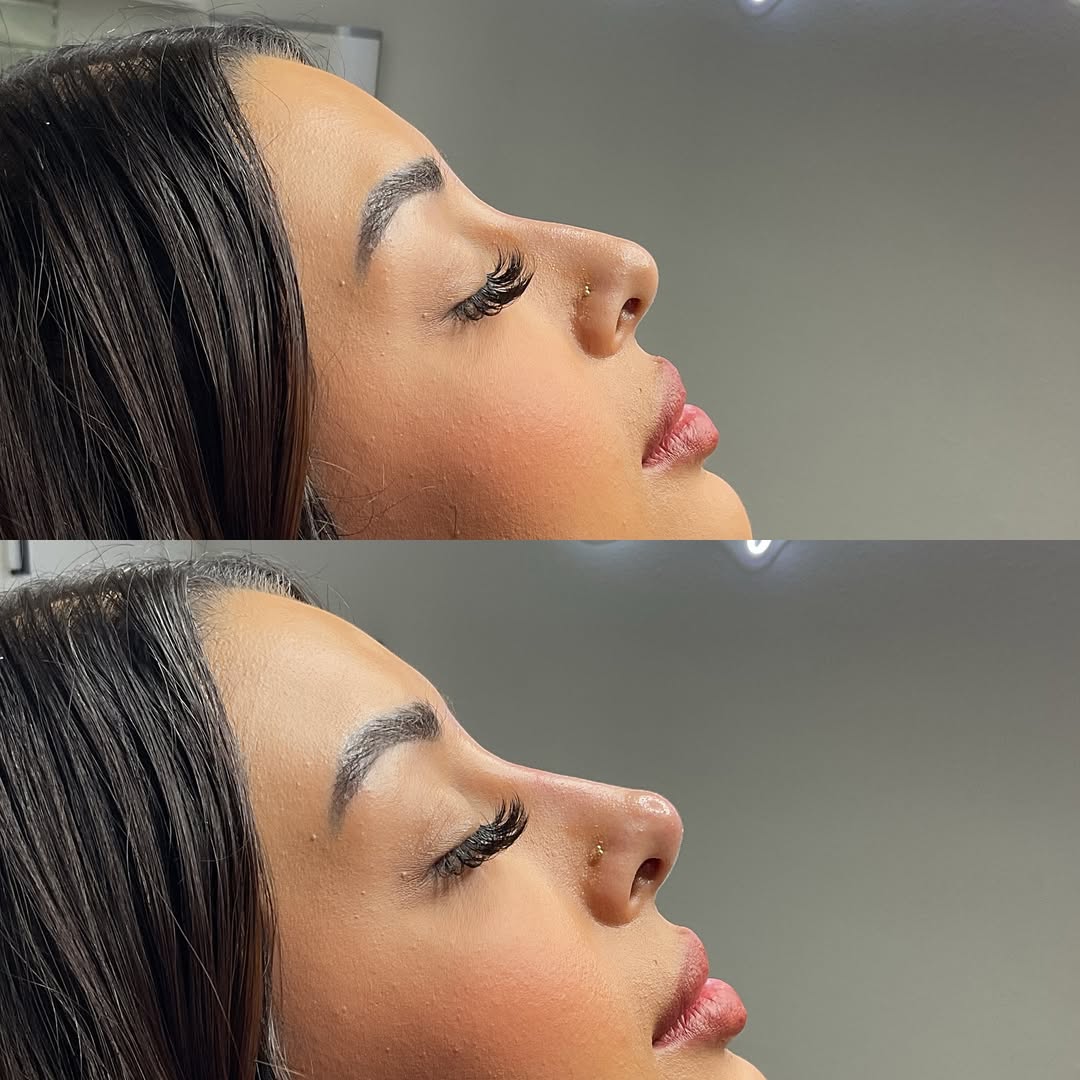


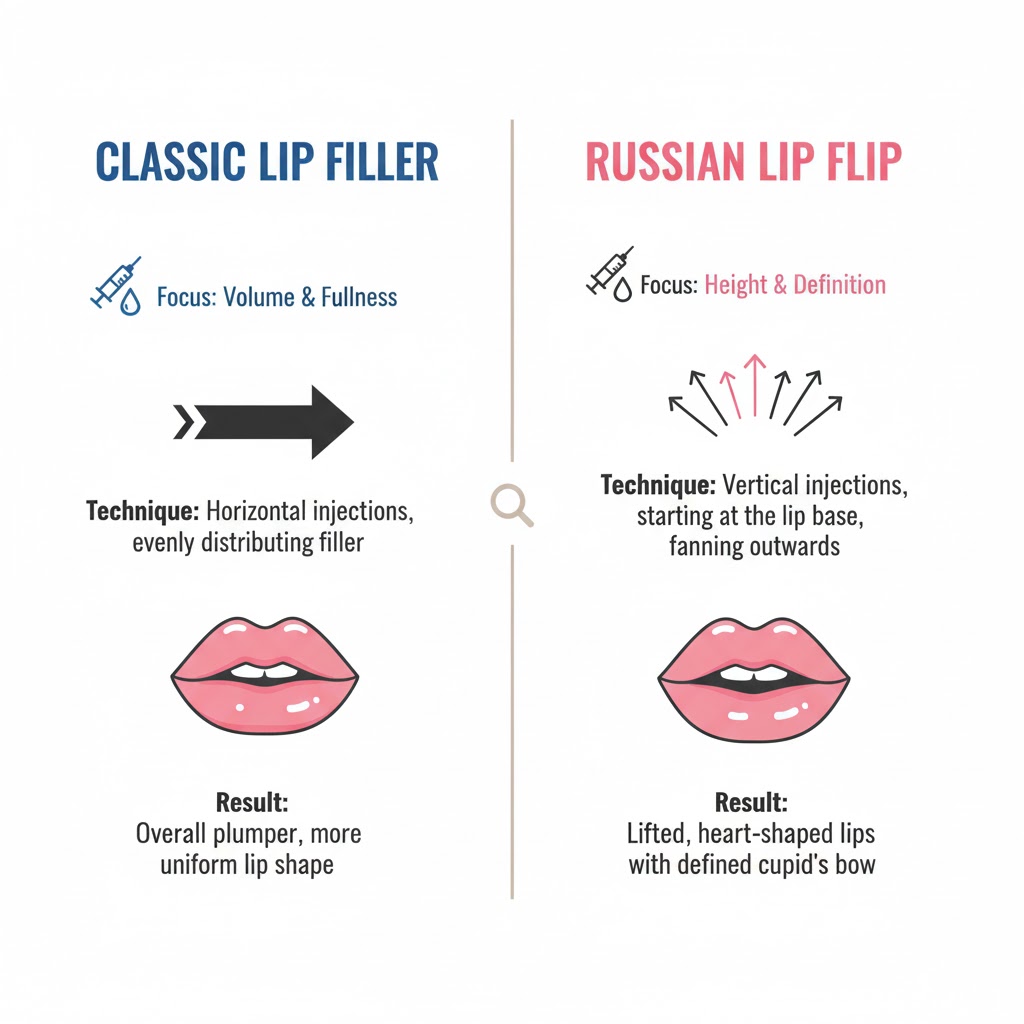
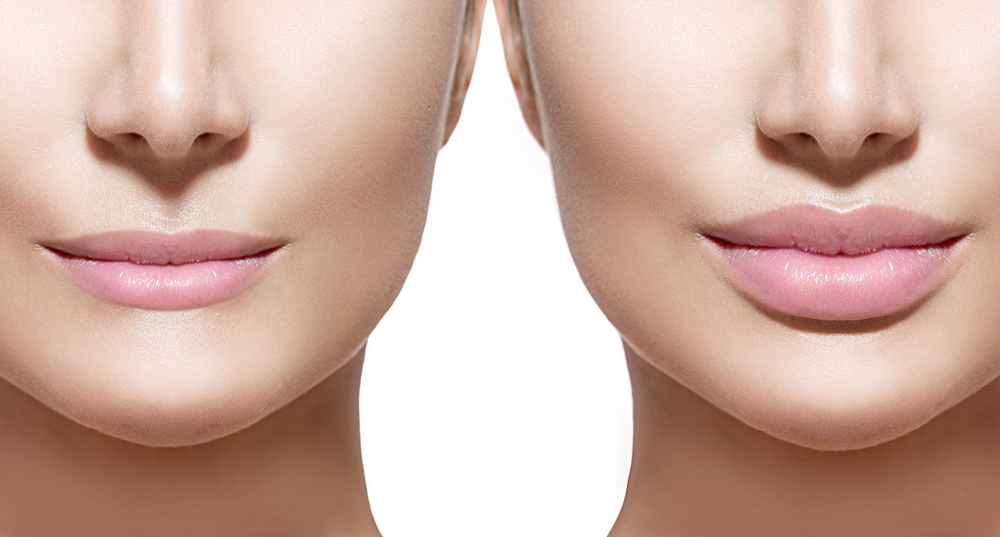
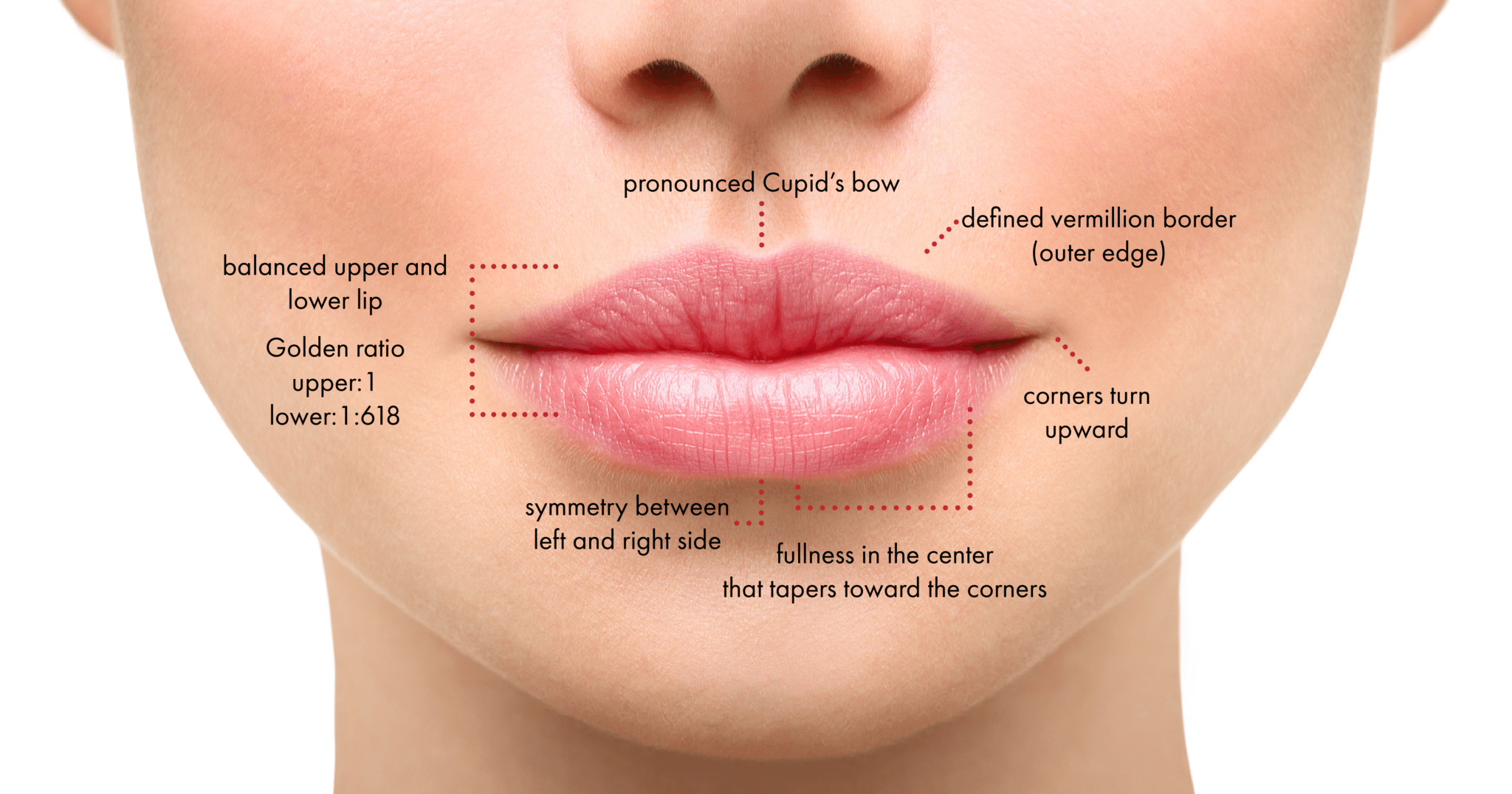

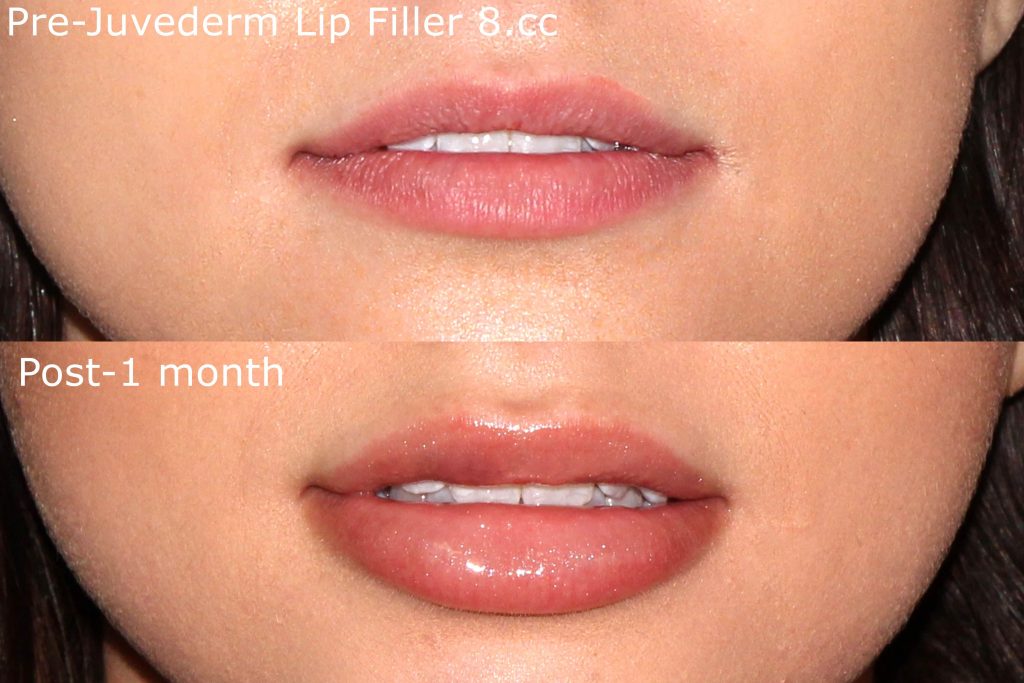
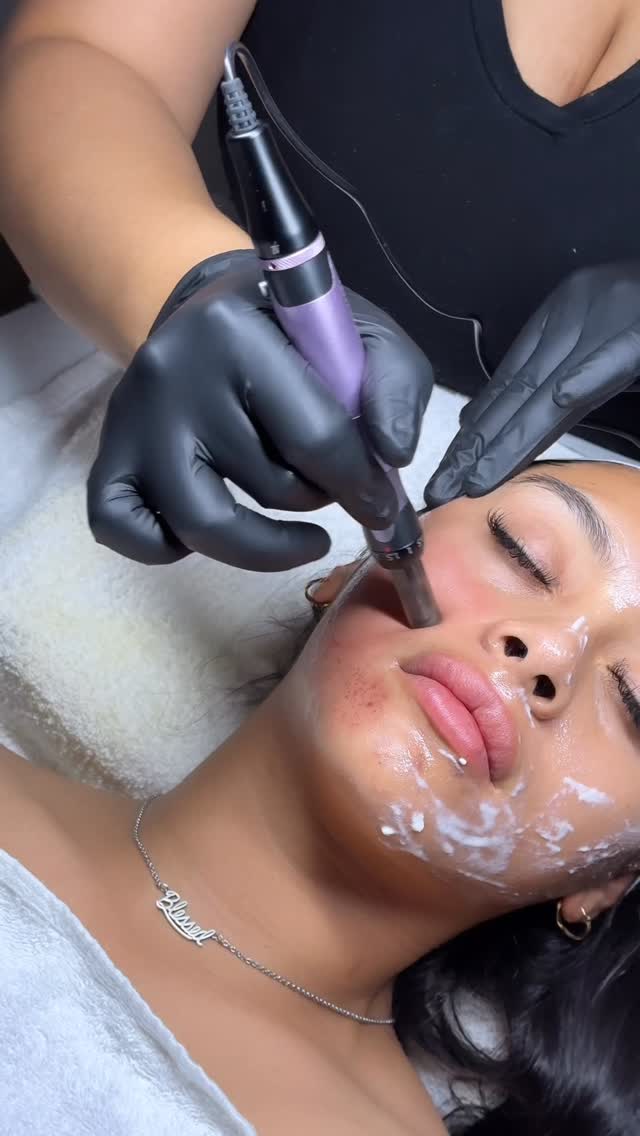
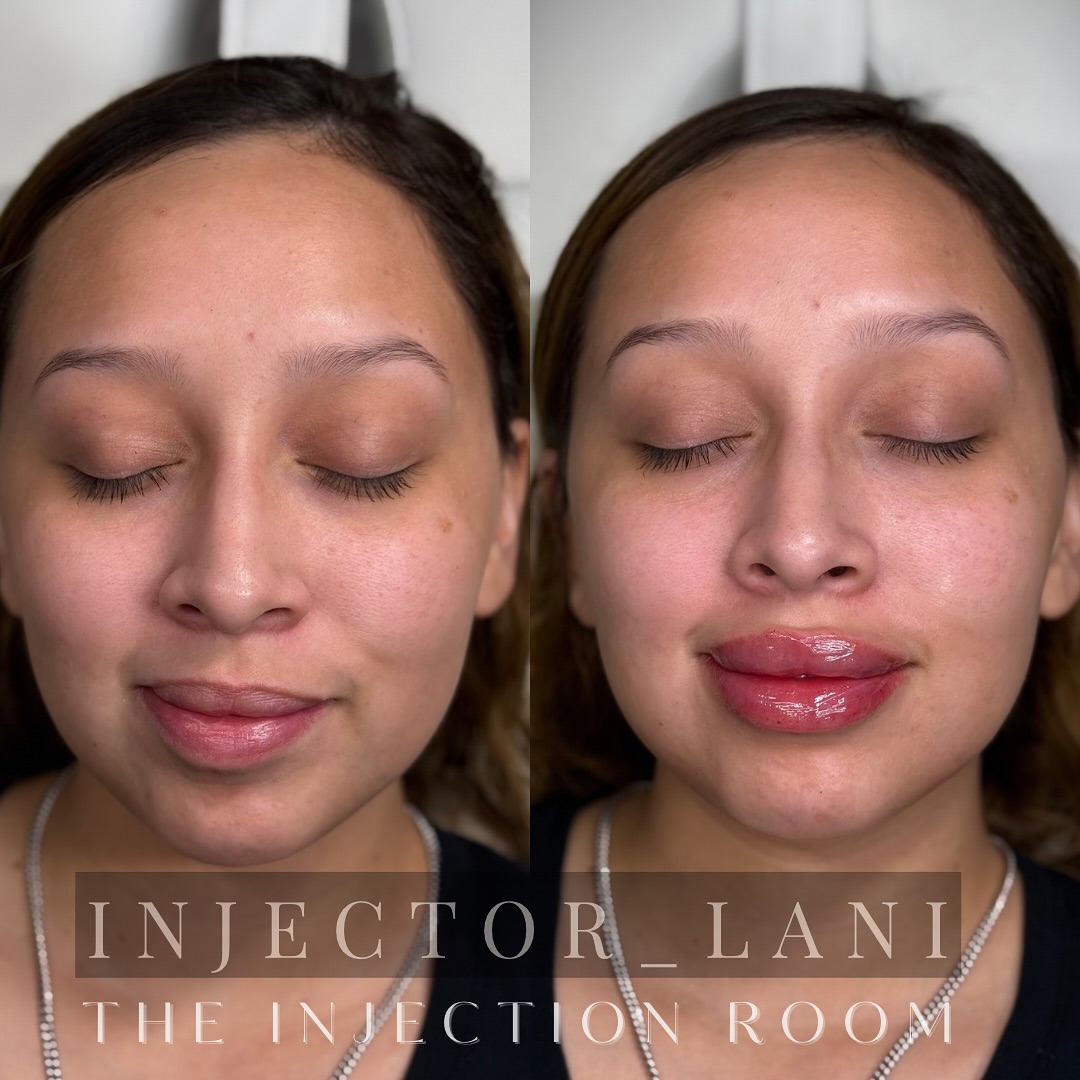
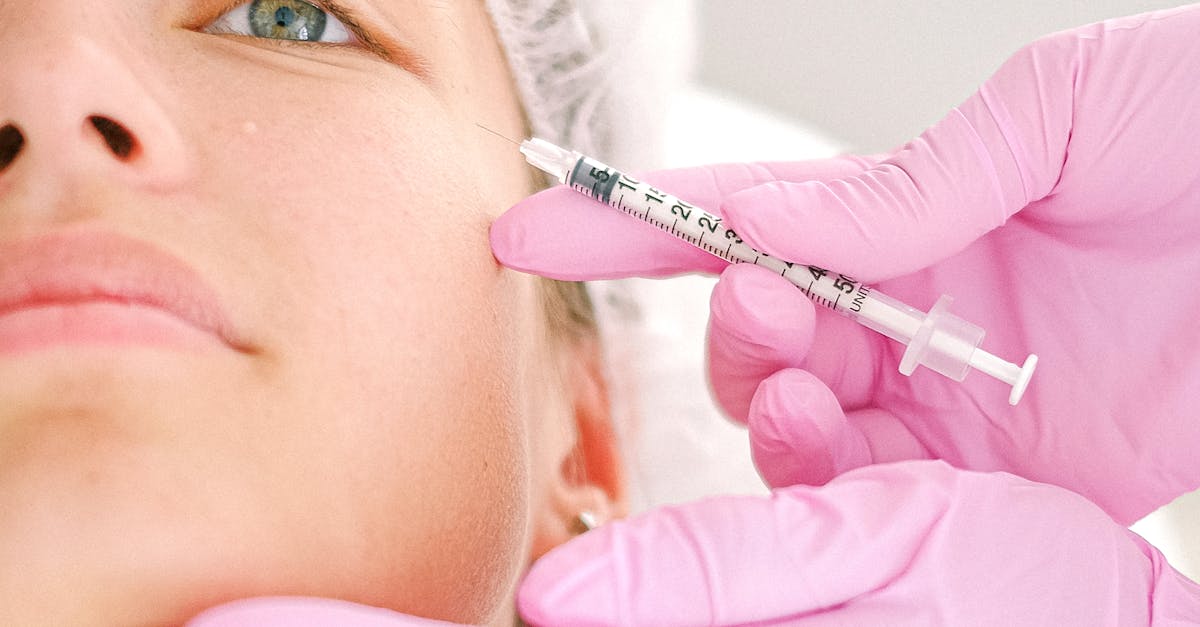

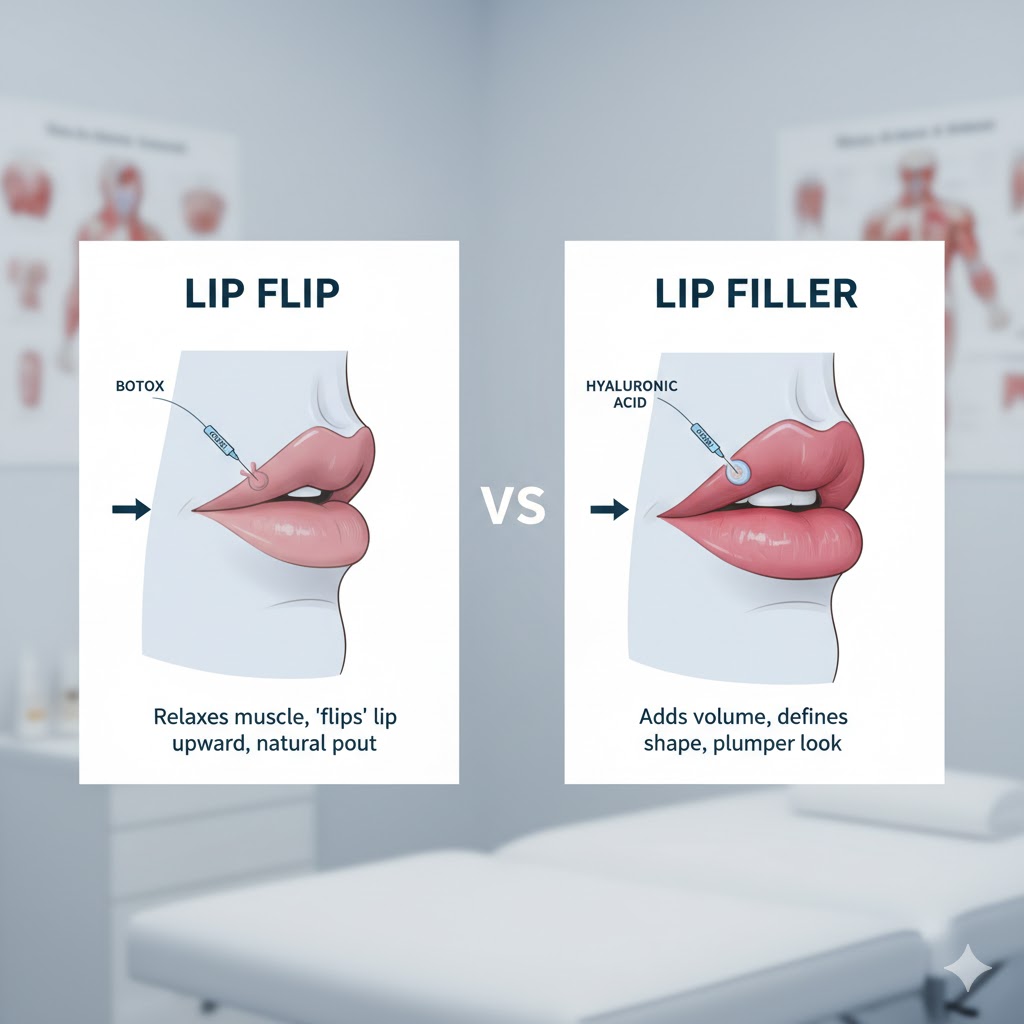
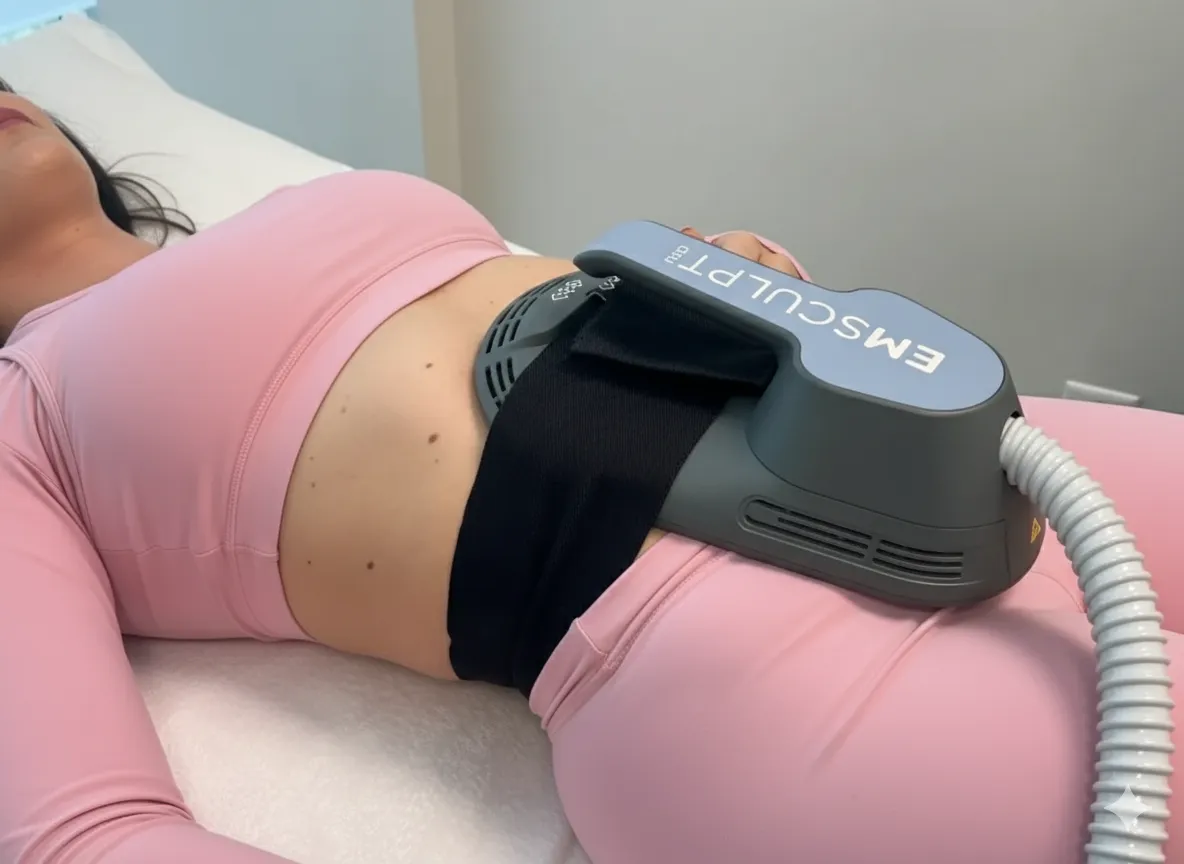
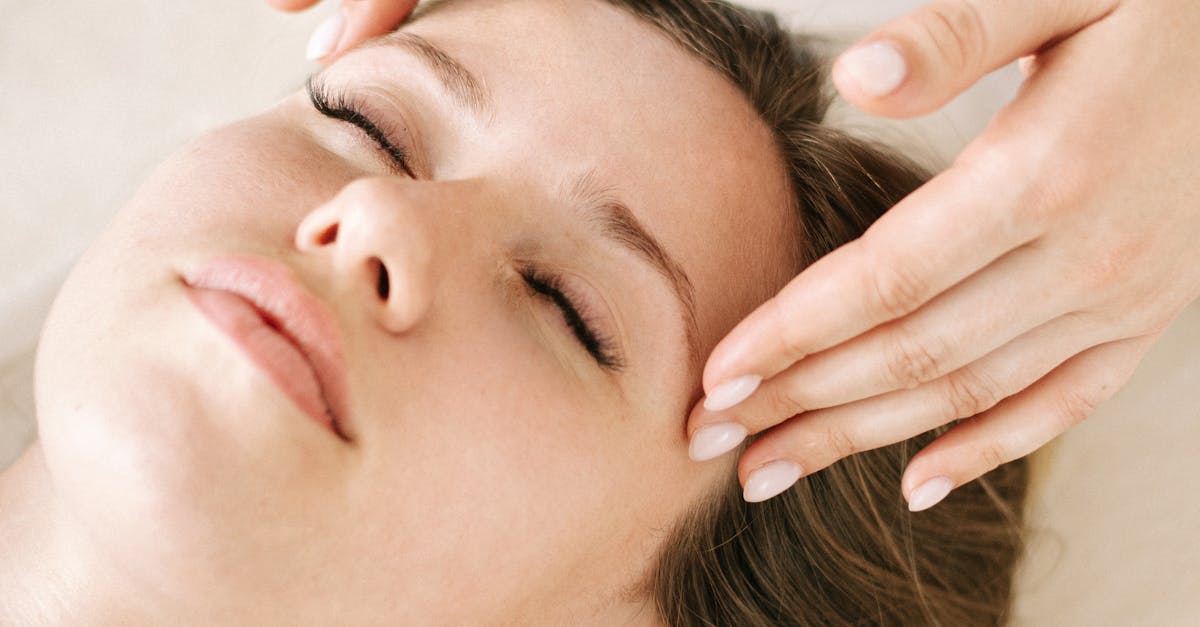
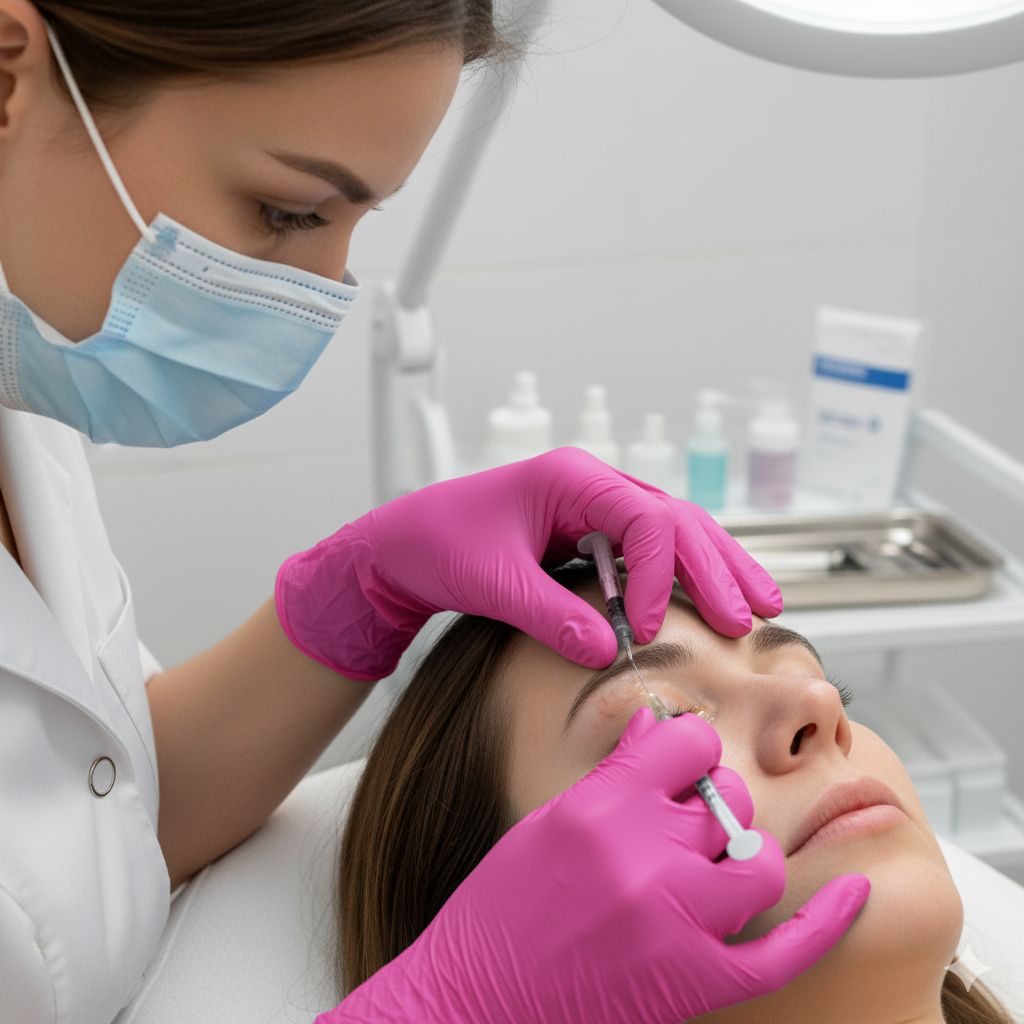
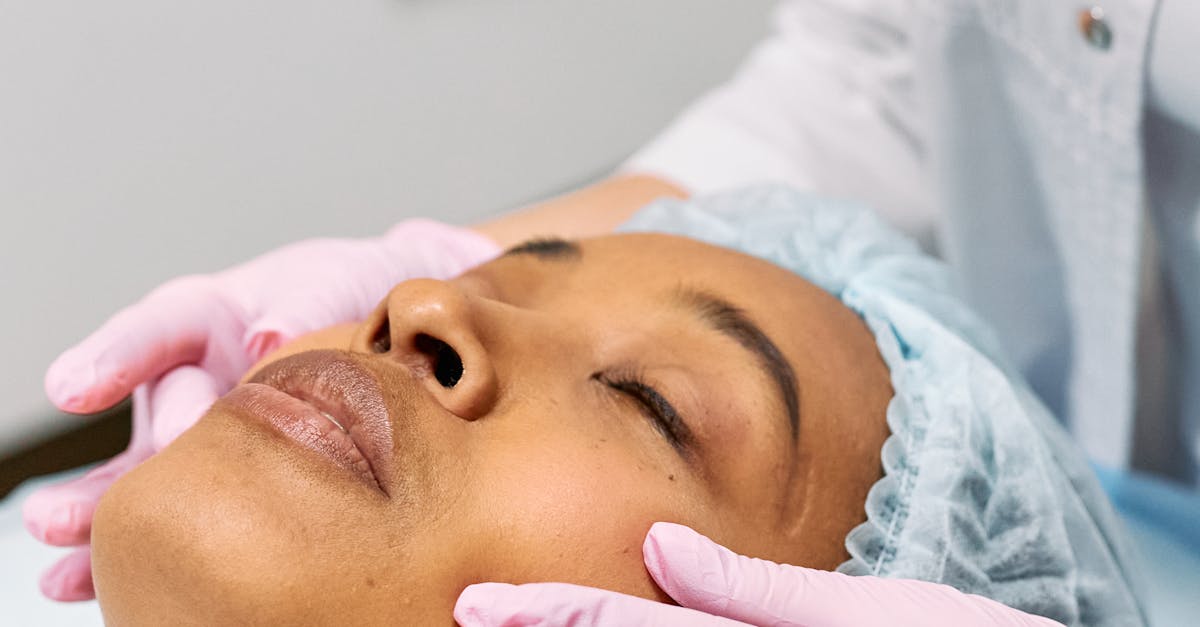

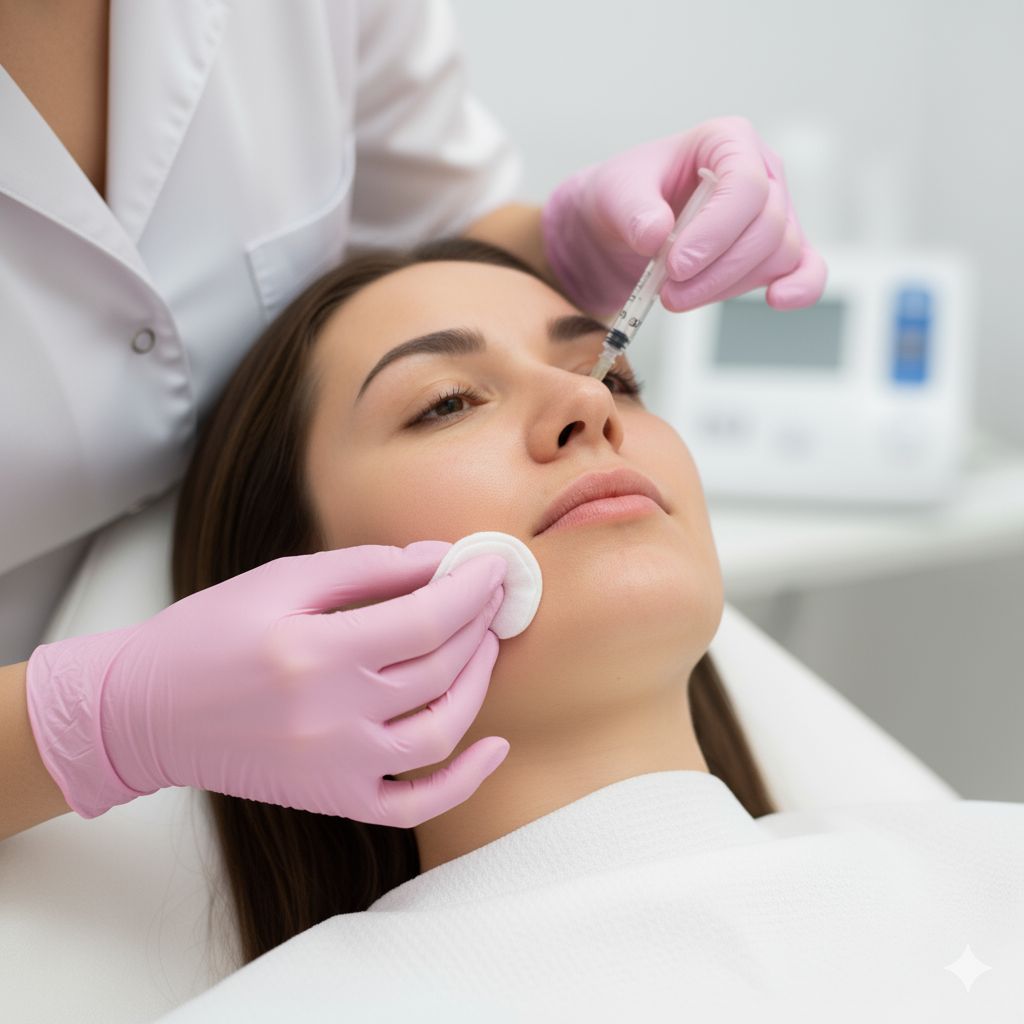
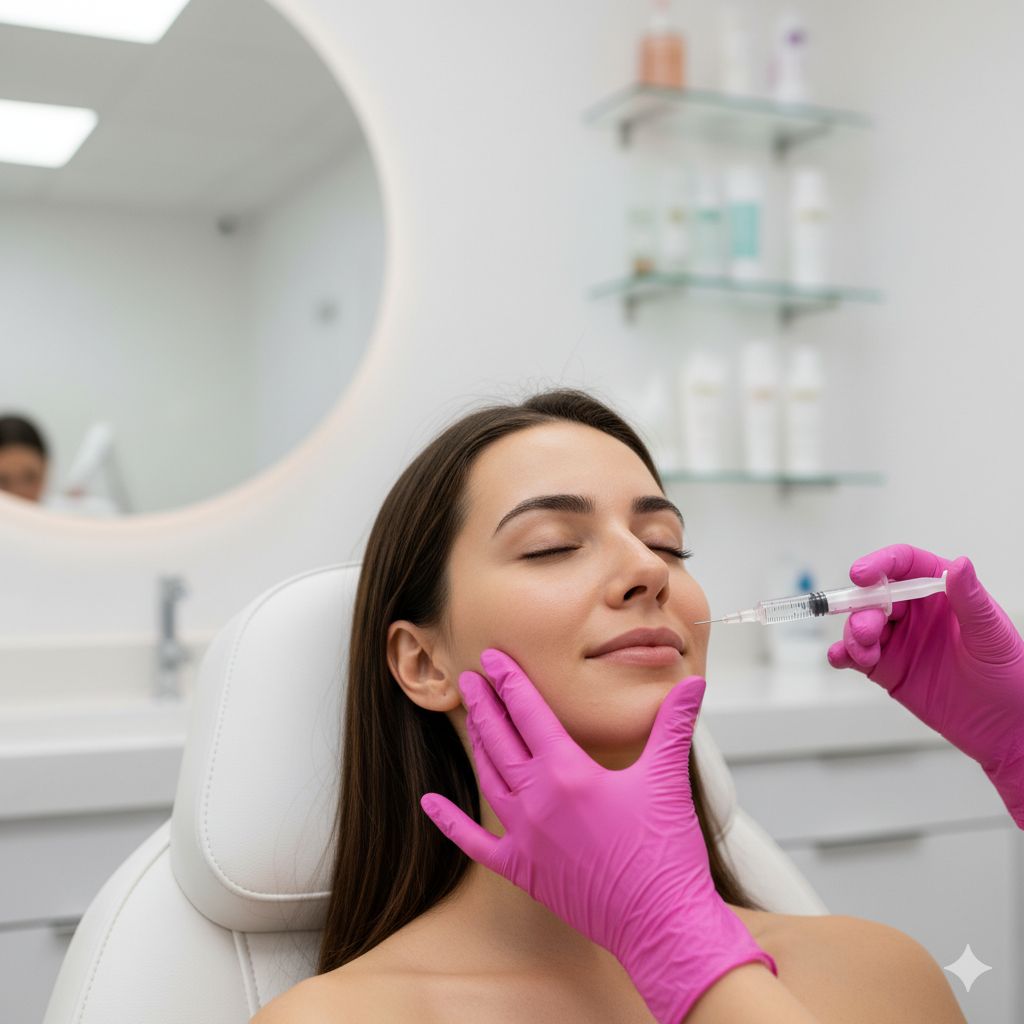
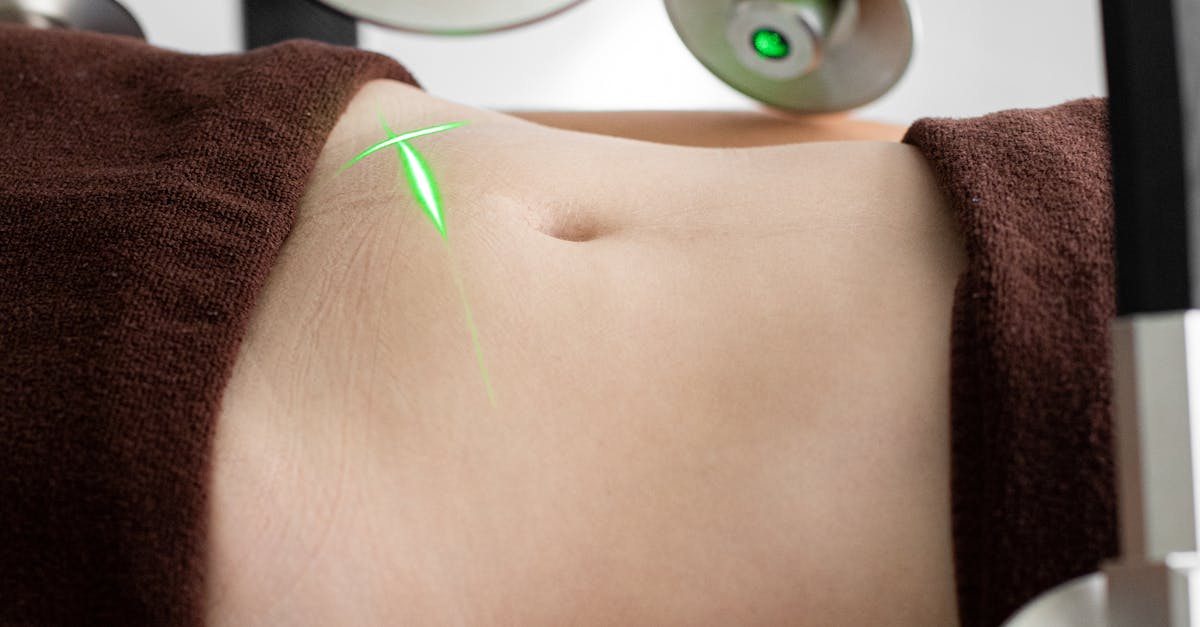

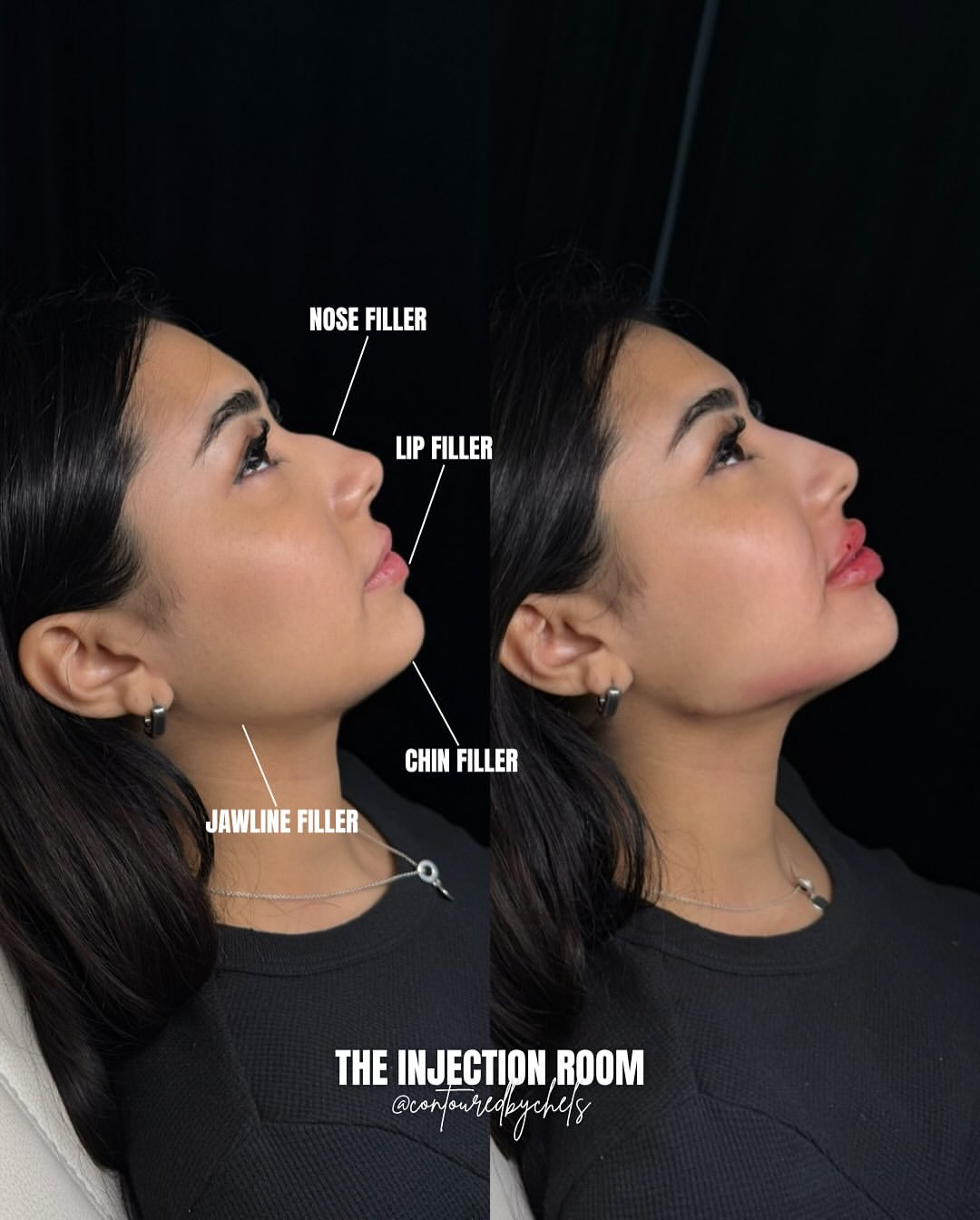
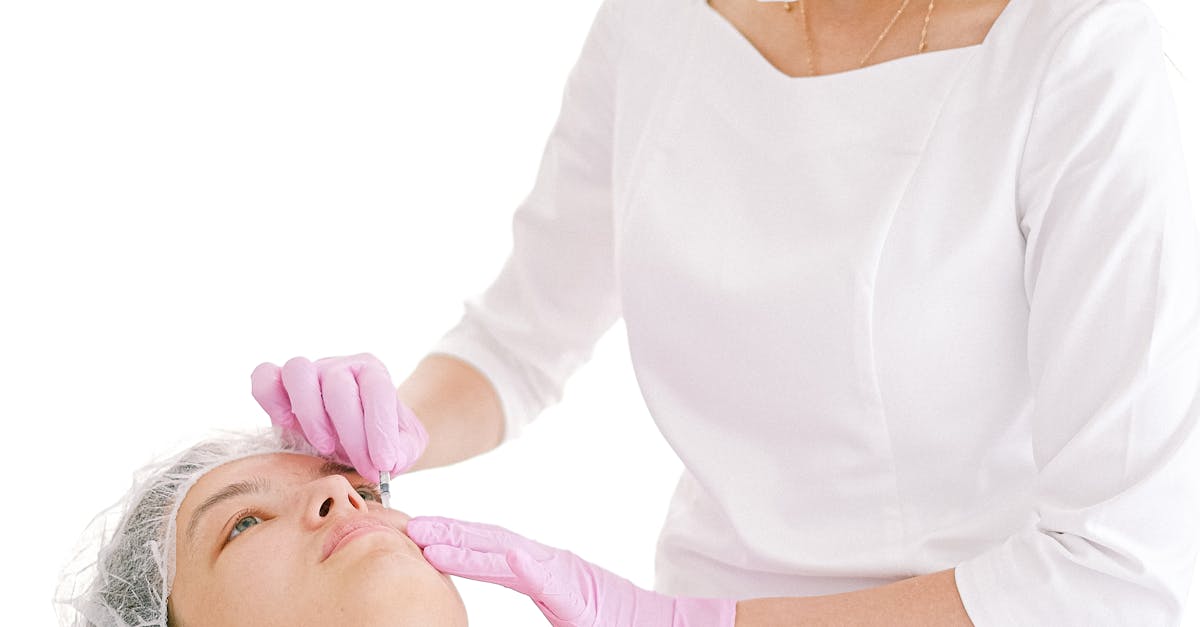
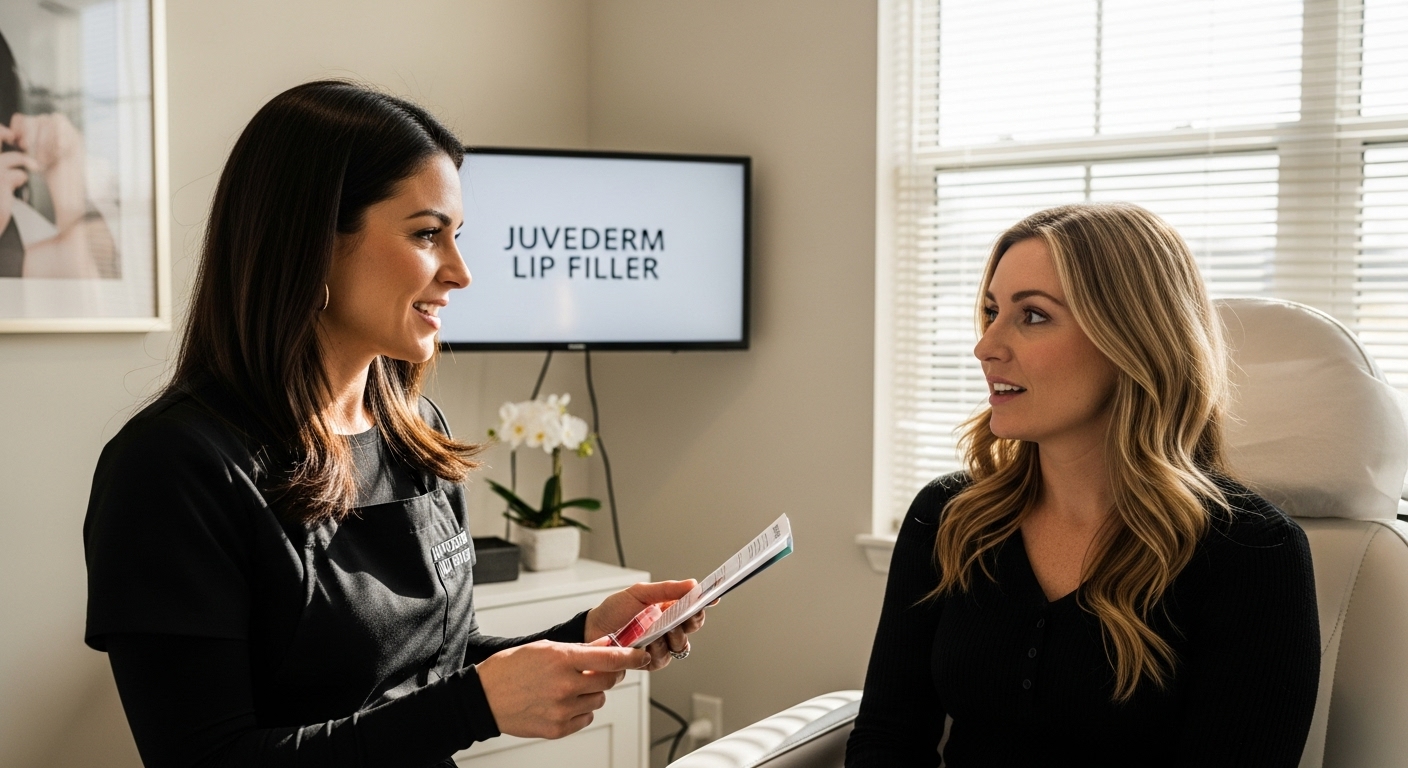


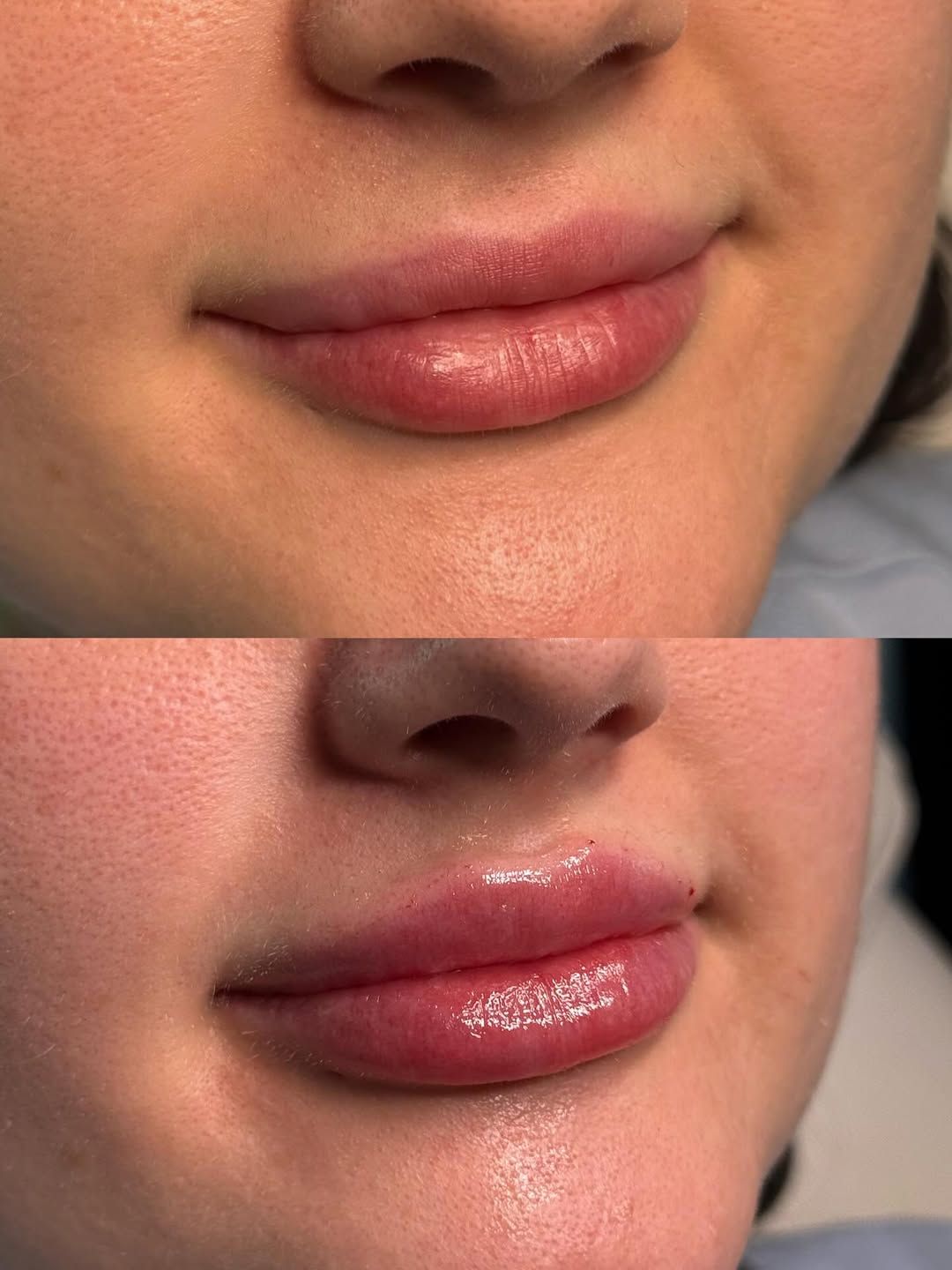
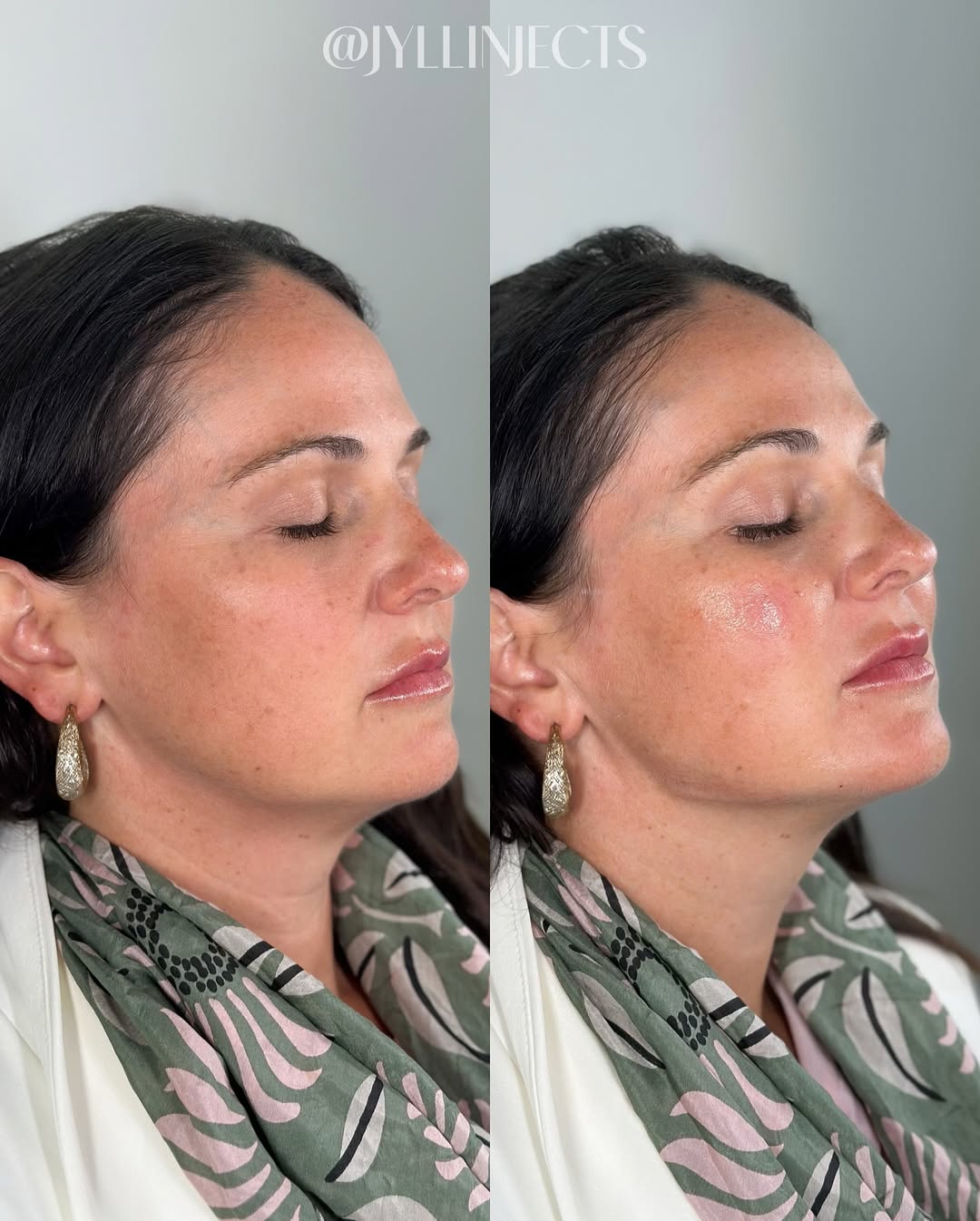
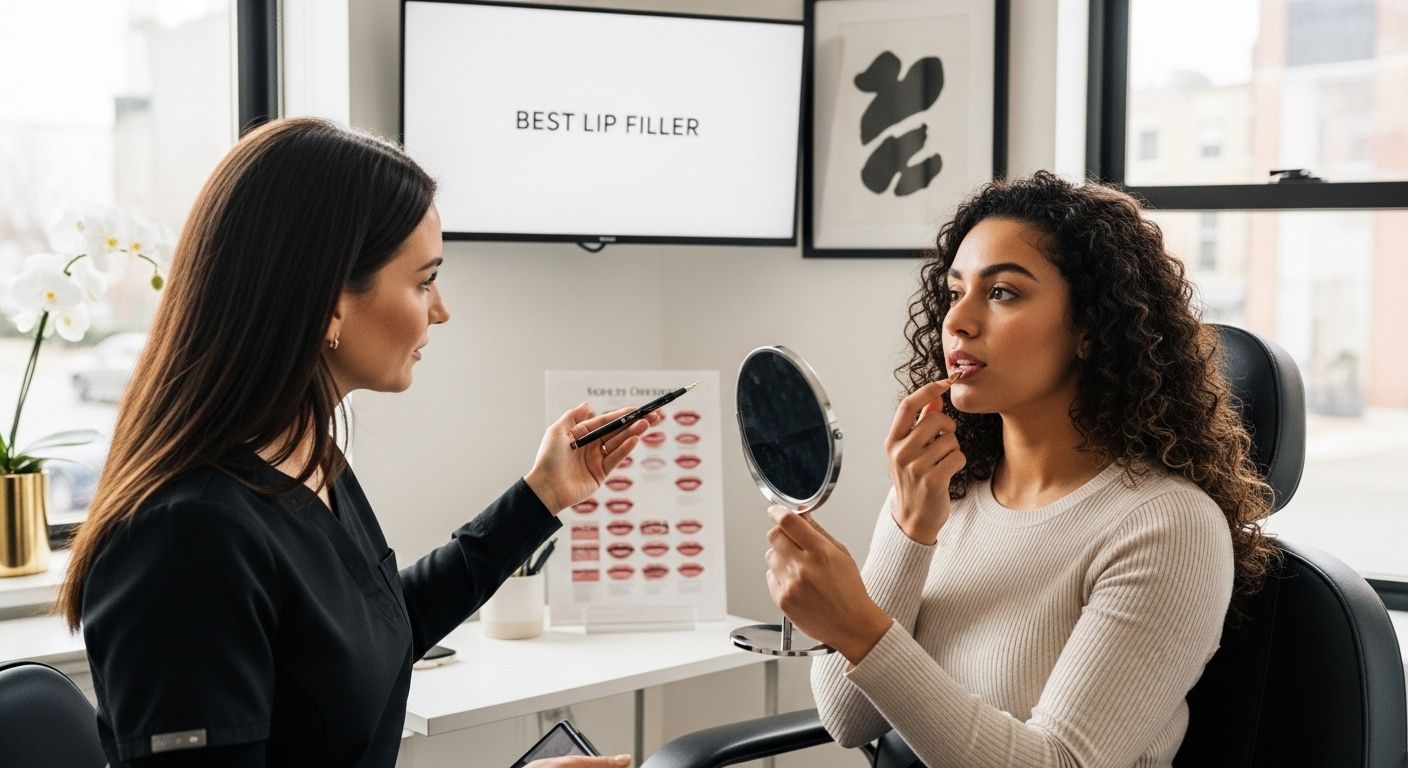
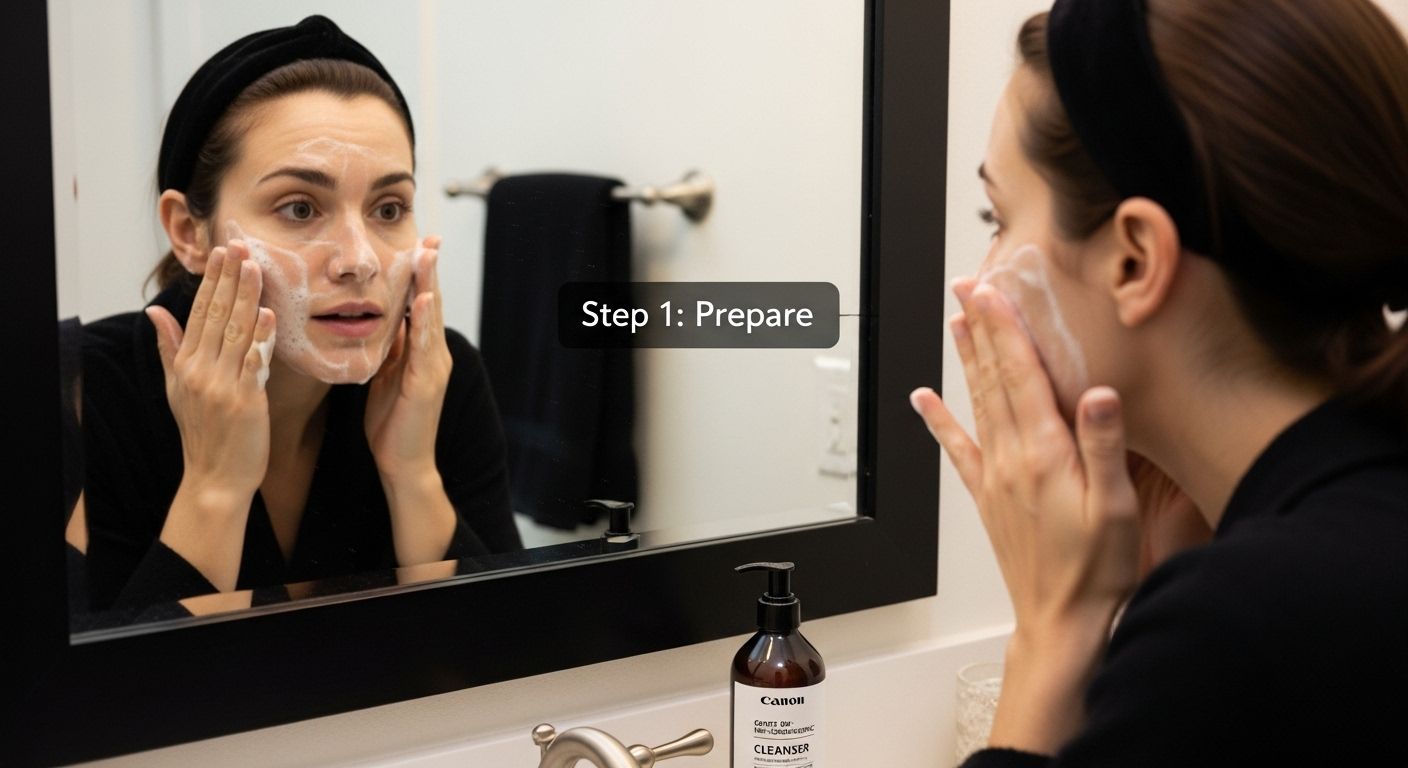
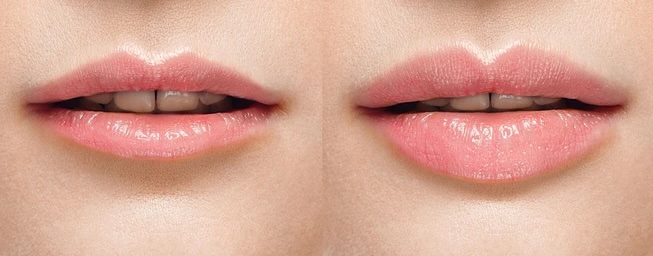

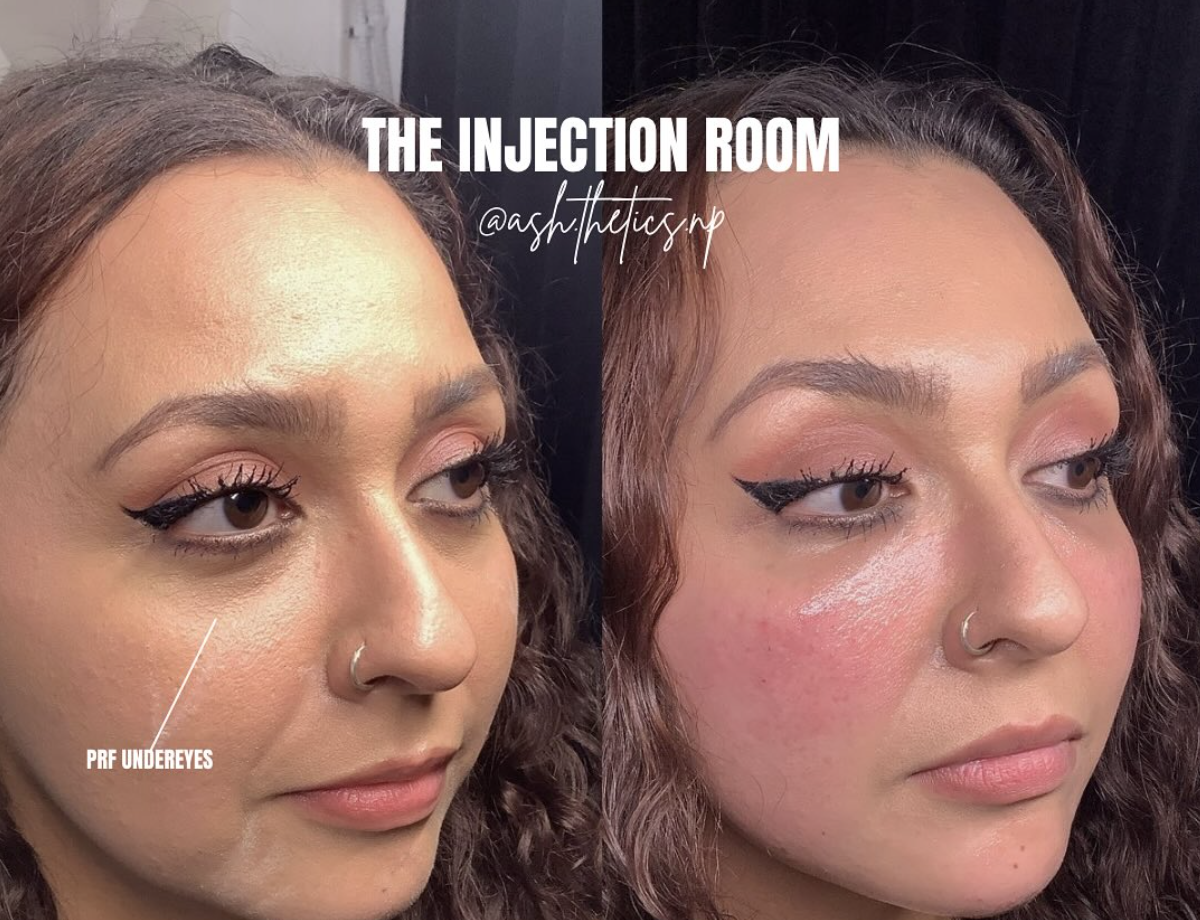
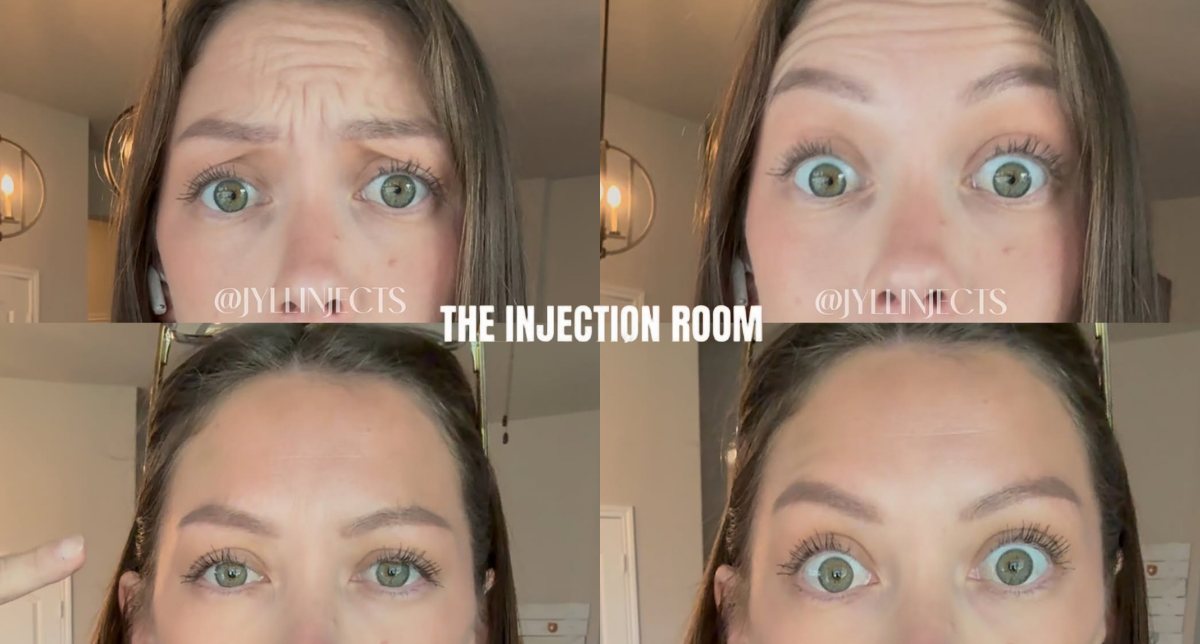


.jpeg)
.jpeg)
.webp)

.jpeg)











